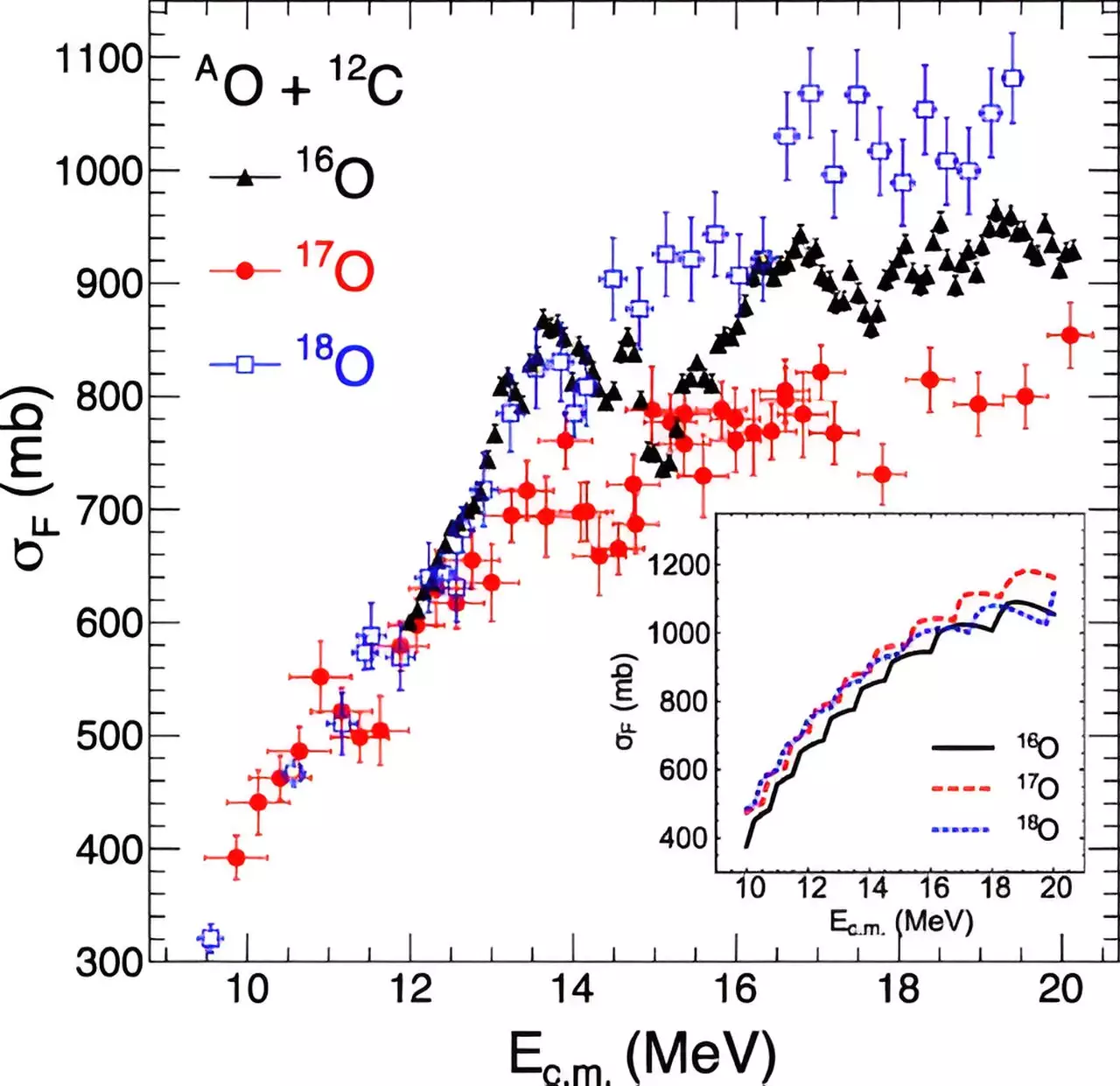The fusion of two nuclei involves a complex interplay of various factors that influence the outcome of the reaction. These factors include the energy and angular momentum of the nuclei, as well as their evolving structures as they collide. The quantum nature of the nuclei also plays a significant role in determining the final result of the fusion process.
To tackle the intricate complexities of nuclear fusion reactions, researchers have turned to advanced computational simulations. In a recent study published in Physical Review C, scientists conducted the most comprehensive computation to-date of fusion reaction processes. By utilizing supercomputing facilities, they performed thousands of time-dependent simulations to gain a deeper understanding of the fusion process.
Despite the advancements in simulation techniques, there are still discrepancies between the results of these simulations and the fusion probabilities measured in experiments. These discrepancies point to phenomena that are not currently explained by existing theories. Researchers anticipate encountering these unexplained phenomena more frequently in reactions involving short-lived rare isotopes at next-generation radioactive beam facilities.
One notable finding from the study is the discovery of non-smooth, oscillatory behavior in the dependence of fusion probability on the collision energy of the oxygen-carbon system. This unexpected behavior highlights the complexities inherent in nuclear fusion reactions and underscores the need for more advanced theoretical models to accurately describe these phenomena.
By combining advanced theoretical methods, high-performance computing, and high-resolution experimental measurements, researchers are gaining a clearer picture of the dynamics at play in colliding complex nuclei. The improved model of nuclear collisions shows significant promise in unraveling the intricacies of nuclear fusion reactions. Analyzing the discrepancies between experimental results and theoretical predictions will provide valuable insights into the factors affecting the fusion process.
Implications for Future Studies
As research on reactions involving short-lived, rare isotopes becomes increasingly important, facilities such as the Facility for Rare Isotope Beams at Michigan State University will play a crucial role in advancing our understanding of nuclear fusion reactions. By addressing the unexplored factors that influence fusion processes, scientists can pave the way for the development of more accurate models and potentially unlock new avenues for harnessing nuclear fusion as a carbon-free power source.


Leave a Reply